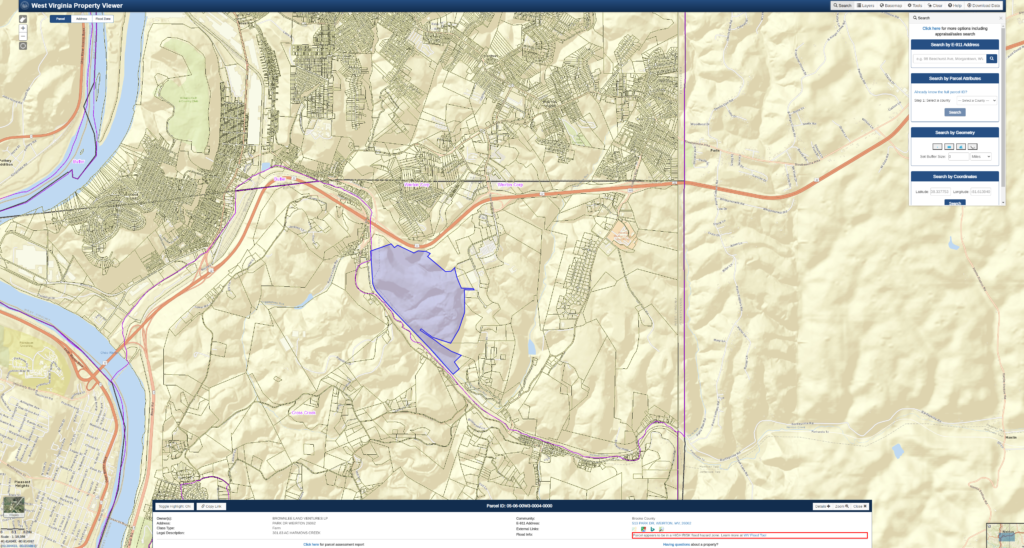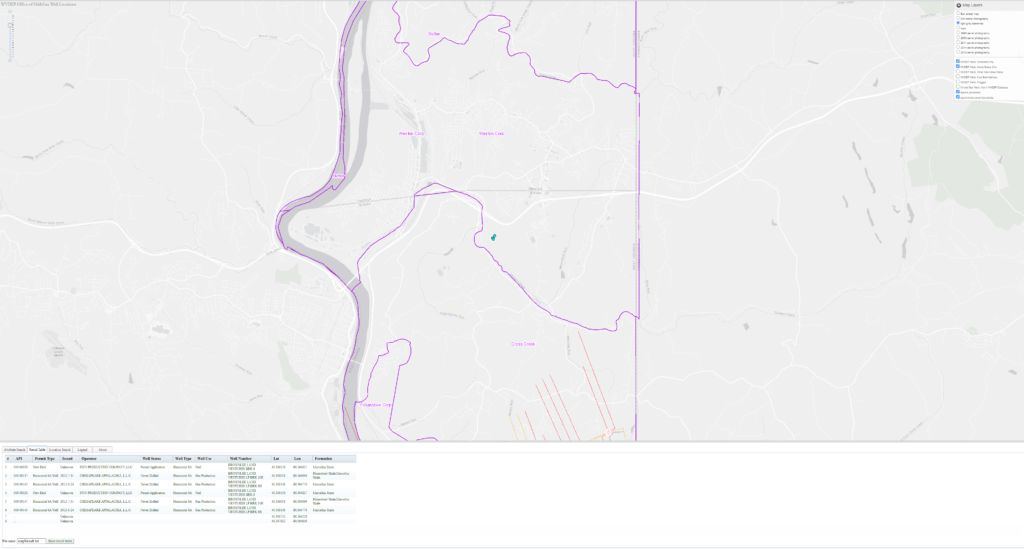Natural gas prices are at $3.88/MMBtu, having hit a low of $3.66 on December 6, and a high of $5.45 on November 26. Rig counts are at 576, up 13. Slow and steady is great! Gas storage numbers are from December 3, but seem to be trending toward the five year average. With some warm weather in the near-term forecast, we could see gas prices drop closer to $3.00 in the next week or so.
A lot of people that I talk with wonder whether oil and gas are going to be needed in the future, and based off what you see in the news and on social media you can be forgiven for thinking that they won’t be. However, the more rational number crunchers at the United States Energy Information Agency (a government agency, not some oddly named private organization) show that in 30 years the amount of energy provided by solar generation will only make up 20% of our energy needs. If you take a close look at that graph, you will notice that the total amount of energy produced by other sources (including wind) will be greater than the total amount we use today. So while solar generation will grow, it’s not going to actually cut in to oil and gas. Combined with wind it probably will, but not enough to make oil and gas properties obsolete. Don’t sell your oil and gas mineral rights just because you think renewables are going to take over energy production.
A Reuters article stating that drilling activity will have to pick up next year.
President Biden is putting pressure on OPEC+ to increase oil production. He should be putting that pressure on American producers. However, he’s trying to look like a good environmentalist at home, and after his federal land development ban back in the first part of this year he needs to not flip-flop, so he’s not. Seems a little short-sighted to me. Additional drilling here in America would put Americans to work and reduce the cost of gasoline and electricity. There are a lot of wins there.
West Virginia’s legislature really messed things up when they changed the law on how to value natural gas production for taxation purposes. There’s some talk of throwing the law out completely and starting over from scratch.
COVID was the driving factor in last year’s ridiculously low natural gas prices. We haven’t had to mention COVID for a few months, but there’s a new variant emerging in South Africa that has the stock market spooked, and that’s usually a sign that it’s serious. So keep an eye on the Omicron variant of COVID. UPDATE on Dec. 15: Omicron has emerged as a well publicized concern, but it’s full effects are not yet known.
The Biden administration has ordered the release of oil from the Strategic Oil Reserve. This will drive down the price of gasoline, at least temporarily. Drilling is the only thing that will drive the price down long term. UPDATE on Dec 14: The release was supposed to be coordinated with releases by other countries, which have not complied so far.
There is an interesting court case ongoing in Ohio. It pits a farm that is owned by an agricultural easement against a pipeline company. The pipeline is trying to use eminent domain to force a right of way onto the farm. The farm is arguing that the agricultural easement protects it from all uses other than agricultural. Interestingly, a nearby city tried to use the farm for a sewer pipeline at one point, and was denied. Also interestingly, the State of Ohio Department of Agriculture actually owns the agricultural easement, but is not helping to defend this suit in spite of the fact that it has defended other agricultural easements. There are other agricultural easements in Ohio, and their “owners” are watching.
Here’s an article that makes the argument for why a release of oil from the Strategic Petroleum Reserve is not going to drive gasoline prices down.
Producers have been using up their Drilled but UnCompleted (DUC) wells, but the supply is dwindling and at some point producers have to lean more toward drilling new wells. When that happens, profits will drop. How that plays out will be interesting to watch.
Crude oil drops below $65/bbl, but it’s not likely to last. Take predictions with the usual grain of salt.
The State of West Virginia ran a budget surplus last month, in large part because of high oil and gas prices. Now remember, State-officials-in-charge-of-spending, that we have lean times coming up. Put that money into a rainy day fund, because if there’s one thing we know it’s that oil and gas prices go down after they go up.
We’re exporting more gas, with deliveries to LNG facilities hitting a record high in November.
RBNEnergy explains that we are running out of pipeline capacity in the Appalachian region (West Virginia, Ohio, and PA) even if the Mountain Valley Pipeline gets built. MVP will make a difference, but only for a short period of time. Trouble is, I don’t see new pipelines getting built after ACP got the ax. The same problems that plagued it and still plague MVP will be problems for every other pipeline project. That’s going to lead to reduced royalty payments for West Virginia mineral owners, and higher natural gas prices for everybody.
Wegmans is shifting its trucking fleet from diesel to compressed natural gas.


